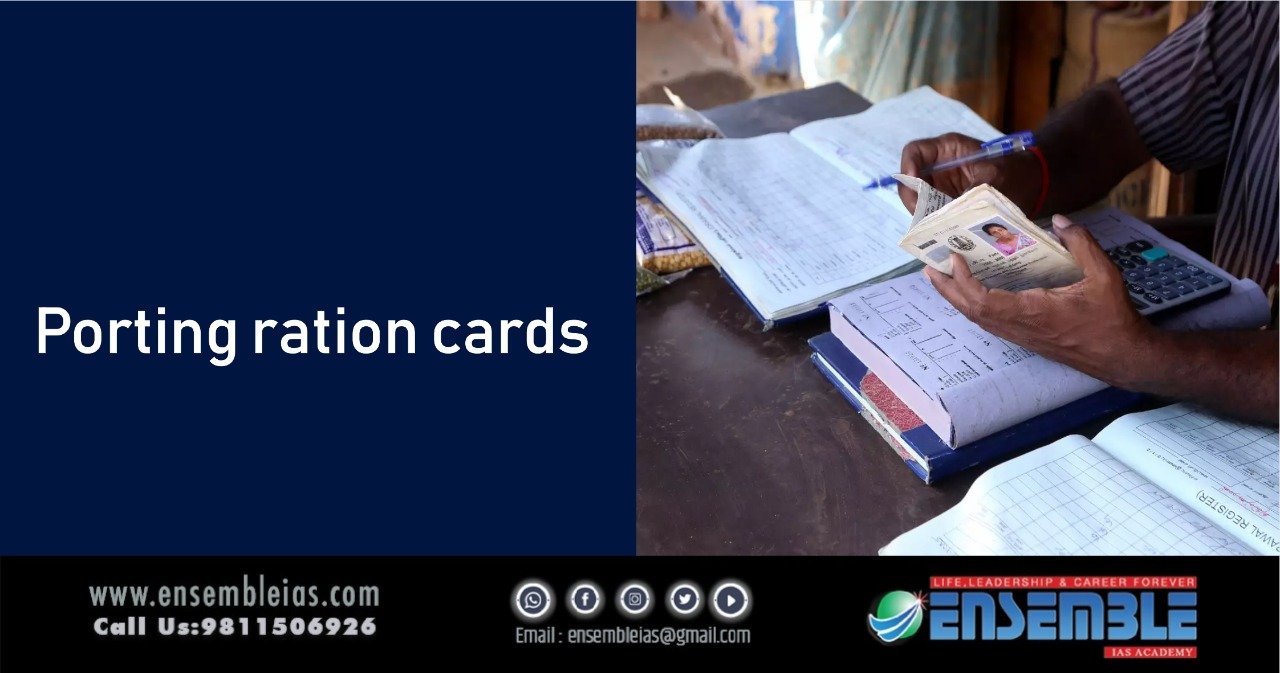Porting ration cards
Porting ration cards: A retooled PDS that’s alive to social and economic importance of migratory labour is a must
To buy our online courses: Click Here
A Supreme Court judgment on Tuesday observed that the fundamental right to life enshrined in the Constitution’s Article 21 encompasses the right to food. To actualise this right, the court directed that all states implement the One Nation One Ration Card (ONORC) scheme by the end of the month. This is a welcome directive, and one that is doable. ONORC builds on India’s vast public distribution system that today covers 814 million beneficiaries. Another way of looking at it is that 75% of the rural and 50% of the urban population are covered by it to ensure food security.
The PDS system evolved in an era where labour mobility was limited. Therefore, beneficiaries were tied to Fair Price Shops (FPS) in an earmarked area. This needs to be adapted to a period when labour mobility has not only increased but is also essential to meet aspirations. To cope with this change, the PDS has been retooled to allow beneficiaries to pick up rations from any FPS in India. About 92% of FPS are linked through electronic point of sale machines and 91% of ration cards are linked to the Aadhaar database. Today, 32 states and UTs are networked and ready for ONORC.
There are four exceptions among states. A parliamentary standing committee report in March observed that Assam and Delhi have not fully networked their FPS. West Bengal, on the other hand, has fully networked its FPS but finished only 80% of Aadhaar seeding of ration cards. Chhattisgarh has a compatibility issue between its FPS network and the biometric authentication. These issues can be solved in a matter of weeks. India’s migrant workforce is an essential but invisibilised part of the economy. Making their right to food security portable is fair, and from the point of view of the economy, smart.




